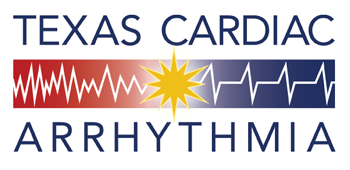Our Procedures
WATCHMANA Fib is a heart condition in which the upper chambers of the heart (atrium) beat too fast and with irregular rhythm (fibrillation). A Fib is the most common cardiac arrhythmia, currently affecting more than five million Americans. Patients with A Fib are at a greater risk of stroke, as A Fib can cause blood to pool and form clots in the left atrial appendage (LAA). If a blood clot breaks loose, it can travel to the brain, causing a stroke.
The most common treatment to reduce the risk of stroke in patients with A Fib is the use of blood-thinning warfarin medication. Despite its proven efficacy, long-term warfarin medication is not well-tolerated by some patients, and it carries a significant risk for bleeding complications. Nearly half of A Fib patients eligible for warfarin are currently untreated due to tolerance and adherence issues.
The WATCHMAN Implant is a permanent implant designed to close the LAA to keep harmful blood clots from the LAA from entering the blood stream. By closing off the LAA, the risk of stroke may be reduced and, over time, patients may be able to stop taking warfarin.
“We are pleased to be the first in the state to implant this new device,” Rodney Horton, M.D., cardiac electrophysiologist at the Texas Cardiac Arrhythmia Institute at St. David’s Medical Center, said. “The WATCHMAN Implant allows us to provide some patients with a potentially life-changing treatment option which could eliminate the challenges of long-term warfarin therapy and, more importantly, reduce the risk of stroke.”
Approximately 20 percent of all strokes occur in patients with A Fib, and A Fib-related strokes are more frequently fatal and disabling.
The WATCHMAN was approved by the U.S. Food and Drug Administration on March 13, 2015, and it has been approved in Europe since 2005. (TCAI was involved in clinical trials to study its effectiveness in the United States for nearly a decade.)
For more information about the WATCHMAN Implant, visit WatchmanImplant.com.




